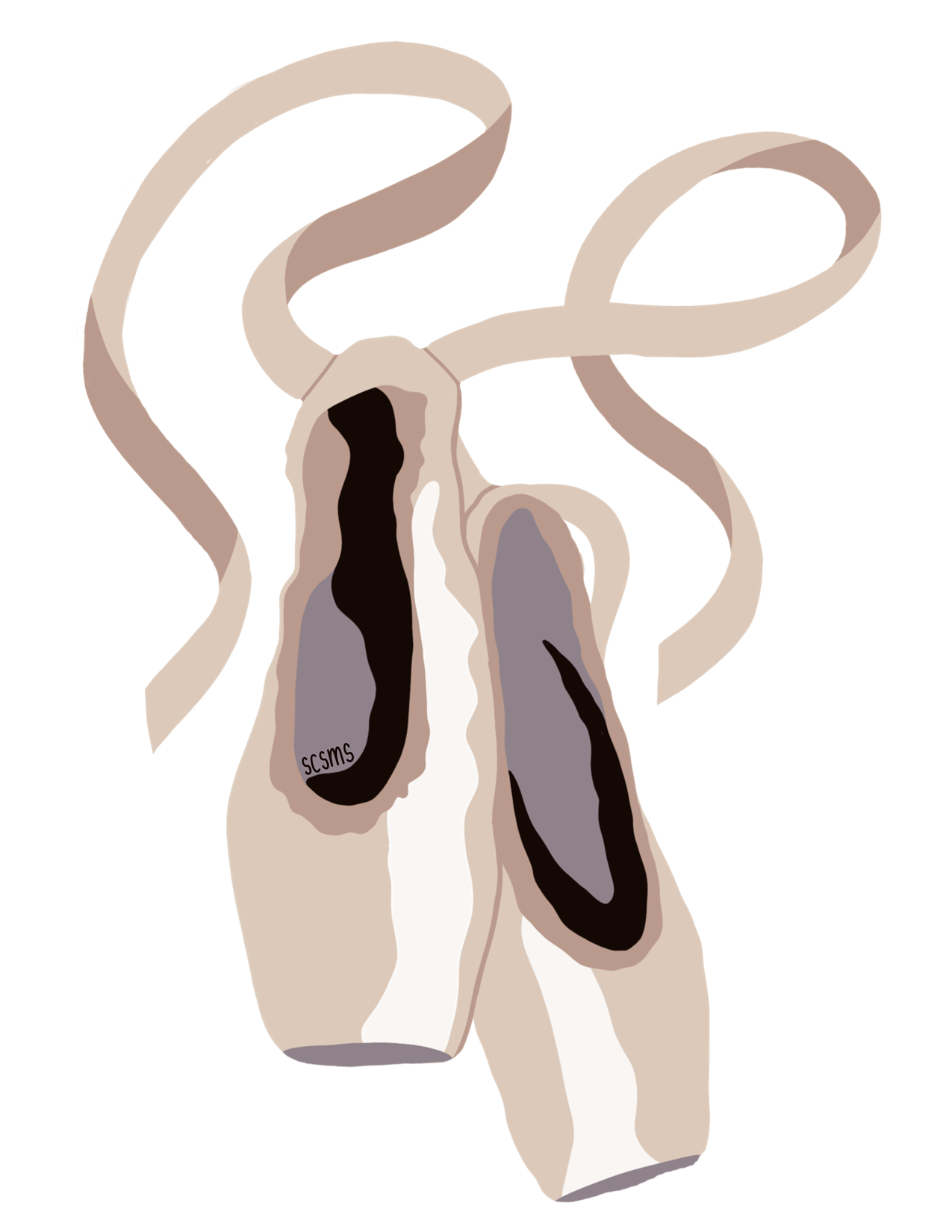MAKE ORIENTATION AND TEACHING ABOUT THE TOXIC DRUG SUPPLY AND HARM REDUCTION MANDATORY.
USE LANGUAGE THAT STUDENTS WILL UNDERSTAND AND RELATE TO.
The language around harm reduction and the availability of that knowledge must change for young people in BC.
Many students we spoke with were unaware that they could be exposed to fentanyl in pills, powders or by smoking substances, and most had never heard the term harm reduction. In BC, you can possess fentanyl, MDMA/ecstasy and cocaine for personal use. If we are sending that message to a young person, we owe it to them to educate them. Let them know that whatever substance they believe they possess may be contaminated with fentanyl, and that tiny amounts can kill them. Give them information about, and easy access to, nasal naloxone. That way they can protect themselves and each other in the event that their poorly developed prefrontal cortex makes a lousy choice and decides to try ‘ecstasy,’ or a ‘stimulant’ that might help them study. This information is much more relevant to the majority of students than knowing where to get safe injection supplies.
Orientation events and orientation material at the University of Victoria did not include information about the toxic drug supply in BC, how to stay safe around drugs, how to recognize and treat an overdose or where to find naloxone or other harm reduction supplies on campus.
A Instagram poll of the 2027 UVic class was conducted about students’ awareness of naloxone and the UVic Harm Reduction Center.
Over 350 students participated in the poll, May 2024.
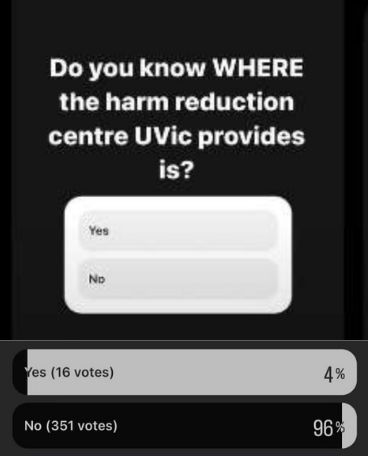
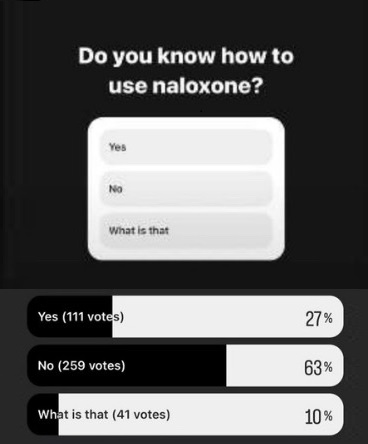
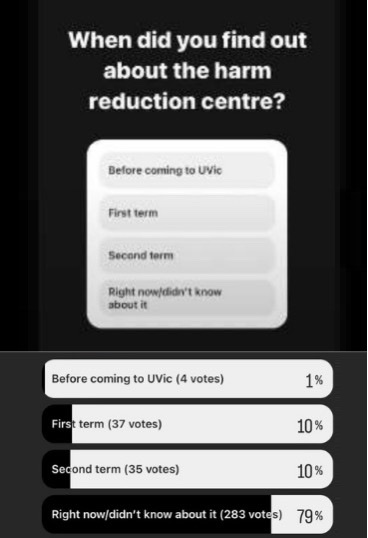
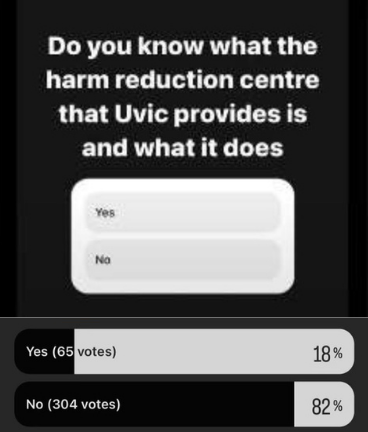
The poll results showed:
79% are not aware that there is a harm reduction center at UVic.
96% do not know where to find the UVic harm reduction center.
82% do not know what the harm reduction center is or what is does.
73% of students do not know how to use naloxone.
To find UVic Harm Reduction Center information page, you must go to the Wellness Center website, click on resources, and select harm reduction. This is the Harm Reduction site:
University of Victoria Harm Reduction Website as of May 13, 2024:
** NB student orientation and the campus life handbook did not mention this Harm Reduction site or page.
Contrast UVic Harm Reduction Initiatives with:
Carleton University
The program at Carleton University is the poster child of how to do this right. Click on their substance use health tab, a wealth of straight forward information. Dillon Brady, Carleton University’s Manager of Student Conduct and Harm Reduction, has partnered with Mark Barnes of Naloxone Care and they have trained thousands of Carleton staff and students and provided direct access to nasal naloxone (Narcan).
Carleton has multiple table fairs per year in high traffic areas with all kinds information on how to stay safe with direct access to nasal naloxone training on the spot. Not cumbersome, intimidating needle naloxone, but easy to use Narcan nasal naloxone spray. This program is so well received that professors invite Mr. Barnes as a guest lecturer to teach and train entire classes of students during class time. Carleton has not had an overdose death on campus. This program was developed in 2019 as a preventative measure to keep students safe.


“The Carleton University Umbrella Project substance use health and harm reduction strategy recognizes that students face a number of unique risks as it relates to substance use health. Many are at the age of onset for most major mental health conditions and face increased academic, financial and social pressures, many of these for the first time. Given these risks, it is important that we endeavour to educate about substance use health, harm reduction strategies, the dangers of stigma and how to seek supports. We are very fortunate to have a number of campus and community partners who support us in this work and assist in amplifying the messaging and programming we offer.”
Dillon Brady Manager Student Conduct and Harm Reduction, May 2024
“At UVic, we use a harm-reduction approach, providing guidance throughout the student journey. This includes educating our students, staff and faculty about available resources, emergency protocols, and the inherent risks involved with substance use. Training and supports are widely available through Wellness Services, the University of Victoria Students’ Society (UVSS) and throughout the community.”
Jim Dunsdon, Associate Vice-President, Student Affairs University of Victoria, May 8 2024
